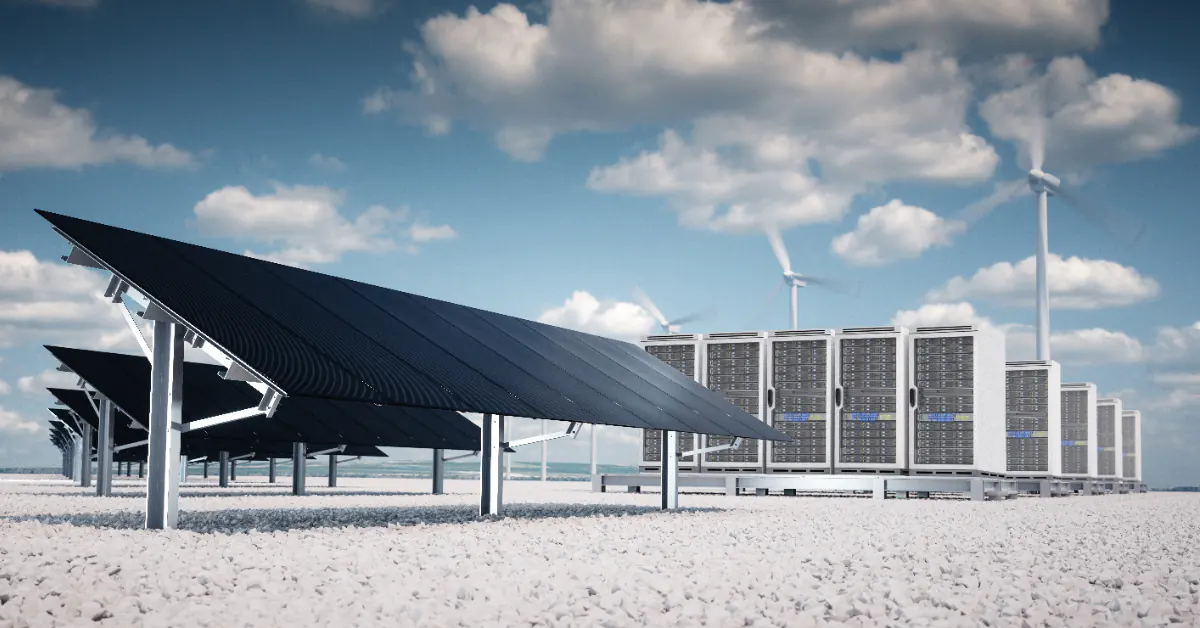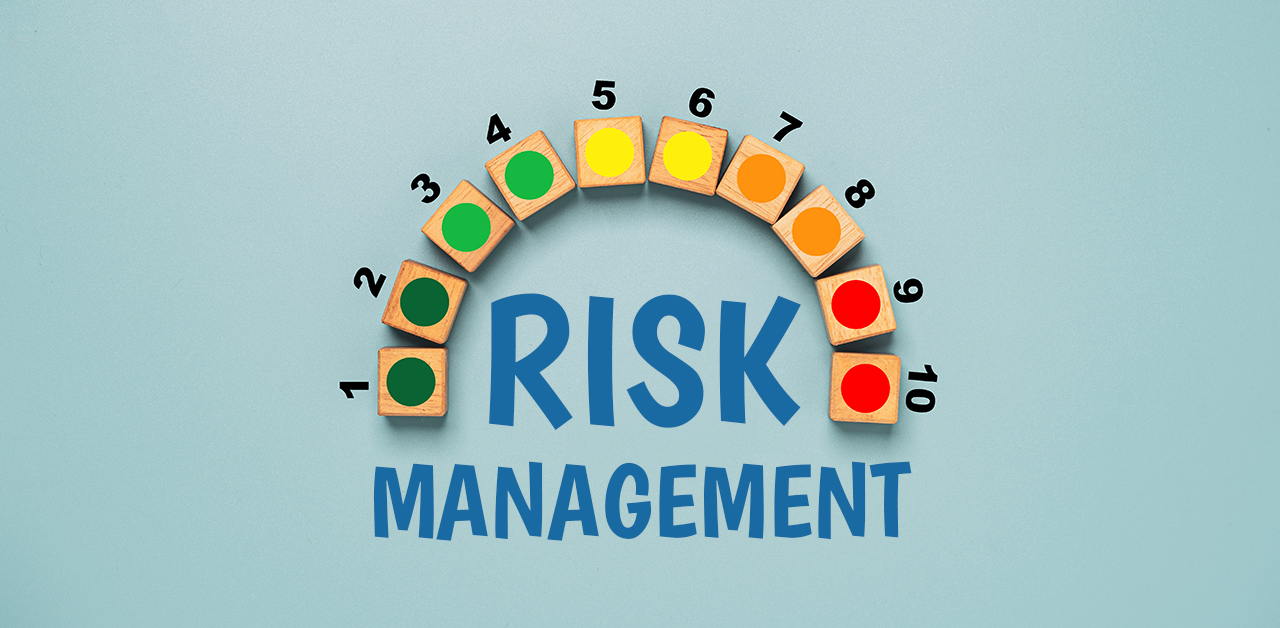
Inefficiencies in the Data Center and How to Overcome Them
Inefficiencies in the data center can cause equipment failure leading to downtime. And this could impact your entire business operations. Knowing what’s in your data center is the first step toward improving energy efficiencies and reducing costs.
Although data center energy efficiency has significantly advanced over the past decade, the most progress has been recorded around facility and equipment efficiencies, and not much around server operation efficiency. Furthermore, 40% of the U.S. server electricity consumption belongs to smaller server rooms and closets and a quarter of it is wasted because of the lack of knowledge towards efficiency incentives. Not only does this inefficient energy consumption impact your bottom line, it also increases carbon pollution.
Here are three ways you can make your data center more energy efficient and prevent your systems from going down:

Consider server consolidation
Data centers comprise of servers, data storage devices, networking equipment, and infrastructure equipment, which typically provides specialized power conversion and environmental control. Being informed about the utilization of your data center is important in managing energy efficiency. It is estimated that 20 to 30 percent of servers in large data centers today are idle, obsolete, or unused but are still plugged in and operating in “on” mode, consuming energy doing nothing. If you have underutilized servers, make use of server virtualization and consolidation—a process that consolidates lightly-used servers into one. The consolidation of lightly-used servers will lessen the power necessary to run the data center, hence reducing costs and wasted electricity. Another option is decommissioning unused servers or storage devices that hold little to no value. Proper IT Asset disposition is a secure and efficient way to retire unused IT assets and gain maximum return in your data center. Removing these power-hogging servers and having a better management of your equipment will greatly improve energy efficiency.

Invest in High-Efficiency Technology
New technology is developed year after year, with qualities that improve business processes and efficiency. One example is the ENERGY STAR program, which sets energy efficiency requirements for a variety of product types. ENERGY STAR, in accordance with the United States Environmental Protections Agency (EPA), inspects and certifies qualified servers that reduce energy consumption by 30%. Leading manufacturers such as Cisco, HP and IBM have already taken steps to certify their machines to ENERGY STAR requirements. Are your servers ENERGY STAR-qualified? Determine if your data center is equipped with servers that consume less energy than conventional servers, and if it’s not, consider making investments in that area.

Leverage Airflow Management
Keeping data centers cool is a top priority, but it is not the easiest of tasks. Cooling contributes to a huge portion of the electricity consumption, but it’s necessary to ensure the equipment remains at temperatures optimal for operation. As the density of server racks increases, IT managers are challenged to find more efficient cooling solutions. There are a variety of techniques that can be implemented. One option is to take advantage of the equipment’s hot/cold aisle to create a more uniform air temperature. Arranging your server racks so that their fronts face each other is proven to improve airflow, so the use of a cooling system will be much less needed. Also, simply knowing what temperature your servers can handle will prevent the unnecessary use of additional cooling systems.
Every day is a good reminder that we should all come contribute to conserving energy, minimizing waste, and protecting our planet’s natural resources. With a keen awareness of your data center, you can reduce costs, decrease environmental impact, and improve efficiencies.


